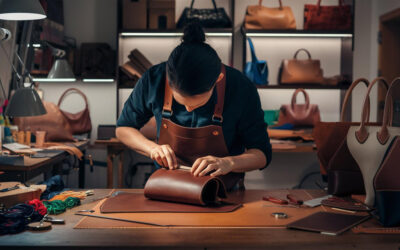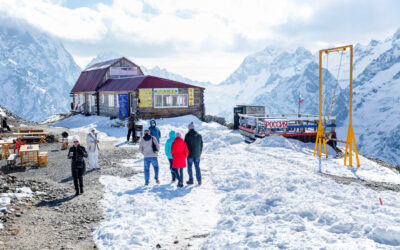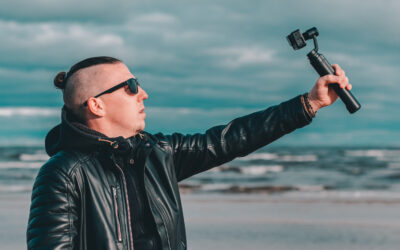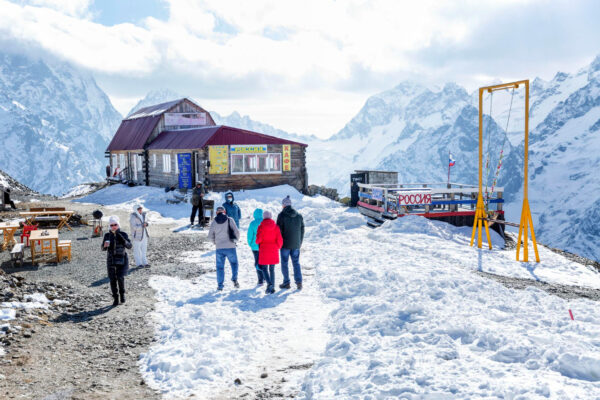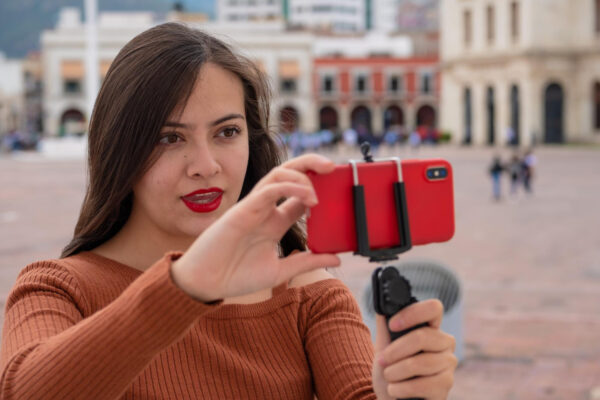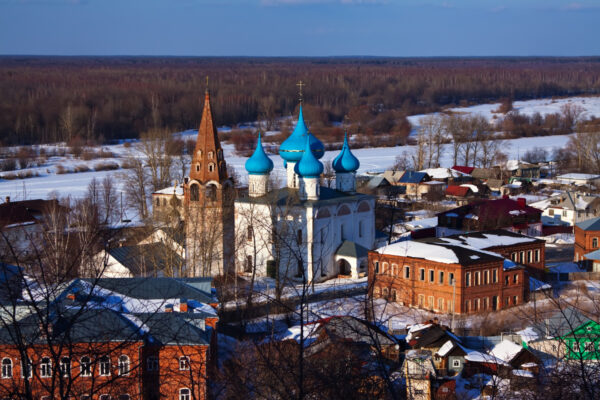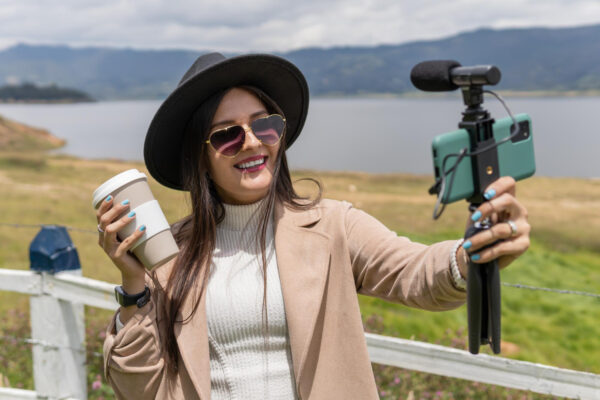

How to Get the Best Cinematic Shots with DJI Pocket 3
Creating stunning cinematic shots requires a combination of the right settings, creative angles, and expert techniques. The DJI Pocket 3, with its advanced stabilization, high-quality sensor, and intuitive controls, is a fantastic tool for filmmakers and content creators. Whether you’re a beginner or a seasoned videographer, this guide will help you unlock the full potential of the DJI Pocket 3 to capture breathtaking cinematic footage.
Understanding the DJI Pocket 3’s Features
Before diving into the techniques, it’s important to understand what makes the DJI Pocket 3 a great choice for cinematic filming:
- 1-inch CMOS Sensor – Delivers better low-light performance and enhanced dynamic range.
- 4K 120fps Video – Enables slow-motion shots for dramatic effects.
- 3-Axis Gimbal Stabilization – Ensures smooth and steady footage.
- ActiveTrack 5.0 – Automatically tracks subjects for dynamic compositions.
- D-Cinelike Color Mode – Offers more flexibility in post-production color grading.
Now, let’s explore how you can leverage these features to capture cinematic shots effectively.
1. Optimal Camera Settings for Cinematic Footage
Using the right settings is crucial for achieving professional-quality footage. Here are the best configurations for cinematic results:
Resolution and Frame Rate
- 4K at 24fps – The gold standard for cinematic videos, mimicking traditional film.
- 4K at 60fps or 120fps – Ideal for slow-motion sequences.
Shutter Speed and ISO
- Follow the 180-degree rule: Set the shutter speed to 1/50s for 24fps footage.
- Keep the ISO as low as possible (100-400) to reduce noise.
- Use ND filters to control exposure while maintaining the correct shutter speed.
Color Profile and White Balance
- Use D-Cinelike for a flat color profile, allowing more flexibility in post-processing.
- Set a custom white balance based on your lighting conditions (avoid Auto WB to prevent shifts in color tone).
2. Essential Cinematic Angles and Movements
The right camera angles and movements enhance storytelling and visual appeal. Here are some must-try cinematic techniques:
Low Angle Shots
- Hold the Pocket 3 close to the ground to create an epic, towering perspective.
- Ideal for making subjects look powerful or adding depth to landscapes.
Tracking Shots
- Use ActiveTrack 5.0 to keep a moving subject in focus.
- Walk or glide smoothly with the camera to create dynamic following shots.
Reveal Shots
- Start with the camera behind an object and move it outward to unveil the scene.
- Works great for storytelling and introducing new locations.
Slow Motion and Time-lapse
- Capture fluid slow-motion action with 4K at 120fps.
- Use motion lapse mode to add movement to time-lapse shots, perfect for cityscapes and sunsets.
Handheld vs. Tripod Shots
- The Pocket 3’s stabilization allows for smooth handheld shots, but for ultra-static compositions, use a small tripod.
- Experiment with handheld panning and tilting for dynamic movement.
3. Pro-Level Cinematic Techniques
Beyond settings and angles, these advanced techniques will make your footage stand out:
1. The Golden Hour Advantage
- Shoot during the golden hour (shortly after sunrise or before sunset) for soft, warm lighting.
- Avoid harsh midday sunlight to reduce shadows and overexposed highlights.
2. Depth and Foreground Elements
- Include objects in the foreground to create a sense of depth.
- Move the camera through objects like trees or doorways for a more immersive feel.
3. Cinematic Transitions
- Use natural transitions like whip pans or match cuts for seamless scene changes.
- Plan your shots to allow smooth continuity in editing.
4. Leading Lines and Framing
- Use roads, fences, or architectural elements to guide the viewer’s eye toward the subject.
- Frame subjects using natural surroundings like windows or arches to add visual interest.
4. Post-Processing Tips for a Cinematic Look
Editing plays a significant role in achieving the final cinematic feel. Here’s how to enhance your footage:
1. Color Grading
- Apply LUTs (Look-Up Tables) or manually adjust contrast, saturation, and highlights.
- Stick to a specific color tone (warm, moody, or natural) for consistency.
2. Stabilization and Slow-Motion Refinement
- Further stabilize shots in editing software if needed.
- Adjust slow-motion clips to ensure smooth playback without jitters.
3. Adding Cinematic Bars
- Apply letterboxing (black bars on top and bottom) to create an ultra-wide cinematic look.
4. Sound Design and Music
- Use ambient sounds or cinematic background music to elevate storytelling.
- Ensure audio levels are balanced for a professional finish.
Final Thoughts
Mastering cinematic filming with the DJI Pocket 3 is all about practice, creativity, and understanding the fundamentals. By optimizing your camera settings, experimenting with unique angles, and incorporating professional techniques, you can create stunning, high-quality footage that captivates your audience.
Whether you’re shooting travel vlogs, cinematic sequences, or short films, the DJI Pocket 3 is a powerful tool to bring your vision to life. So, get out there, experiment, and start capturing breathtaking cinematic shots today!

Payel is a tech enthusiast passionate about gadgets, filmmaking, and digital storytelling. With a keen eye for innovation, she loves exploring the latest gear, testing creative techniques, and sharing insights to help creators achieve stunning visuals with compact, powerful devices.


